Ever been on holiday just when your crop is nearing harvest, or worse, arrived back to find your garden withered and lacking? It’s every gardener’s worst nightmare and can ruin your holiday plans, causing untold stress and heartache for your beloved crops.
In this guide, we’ll explain how to keep vegetable and flower plants alive while away so you can holiday guilt-free and without worrying about them perishing while you’re gone. From neatening to watering techniques, and more, let’s get started.
Neaten Up Before You Leave
Weeding
Weed your beds before you leave because they compete for water with your plants. So, rid your garden of weeds before you go for peace of mind.
Mow the Lawn
Mowing just before you leave on holiday means your lawns will be in less disarray when you return home. What’s more, you’ll have lovely grass clippings which make for great mulch to help keep your soil cool and moist.
Get Covered
Secure and weigh down items in your garden such as the cover on your greenhouse, shade cloth, tarps, and netting. Also, pop empty plastic pots in your shed so they don't blow away.
Also dry off, oil, and store your garden tools to keep them rust-free and safe from the elements, and aerate and turn your compost pile to ensure it’s still working its magic in your absence.
Prepare Your Plants for Your Holidays
Staking and Harvesting
Stake and re-tie any plants that require support and make sure any fruit that matures while you're away is held off the ground and not putting strain on your plants.
Harvest anything that is nearly ripe, too, and if you're away for a longer period, consider removing immature fruit. Why? because if left to mature on the vine, they may prevent future fruiting and attract pests.
Treat, Prune, and Set up Netting
Treat or prune off any diseased plants or leaves because what can start as a small issue can quickly develop into a bigger problem and spread to other crops. You can also set up netting or other barriers on your susceptible plants to shield them from pests. This is very useful for any of your brassica crops as they are often at risk for caterpillar damage.
Finally, wind down your use of rich nitrogen fertilisers in the lead-up to your holiday. The last thing you want to do is promote a sudden onset of growth that will require more water and harvesting when you are gone.
How to Water Plants While Away
Watering your plants is single-handedly the most important thing while you're away. If you have the time to forward plan, start watering more deeply and less frequently from the start of the season. This encourages plants to send roots deeper and means they'll cope better for periods without water than those whose roots are near the surface because they've always been lightly watered.
Just before you leave, water your plants deeply and spread a thick layer of grass clippings or other mulch material over the soil. If the weather is quite warm, your plants may also benefit from a weak dose of seaweed solution to cope with the added stress.
Plant Watering Methods When You’re Away
Drip Irrigation
The most convenient way is to install a water timer and drip irrigation system, which can be programmed to turn on and off at select times. Some can even be controlled remotely from your mobile phone.
Self-Watering
If you’re on strict water restrictions or don't have a hose to plug into, then you can easily make self-waterers out of recycled bottles. A glass wine bottle filled with water, quickly inverted and firmly pushed into the soil will slowly water your plant.
You can also use plastic soft drink bottles with a few small holes drilled in the lid. Simply push them into the soil to achieve the same effect, but make sure the soil is deeply watered before adding the bottle, and test a few weeks before you leave to ensure the water lasts long enough.
If you want the ultimate holiday-friendly planter consider building a wicking garden bed.
Water-Wicking Self-Waterers
These work by placing absorbent 100% cotton rope or twine into a large source of water such as a bucket and placing the other end of the rope about 5cm into the soil near each plant.
This will slowly absorb water and transfer the water to your plant keeping the soil moist. Make sure the water source is above your plants and that the rope is touching the base of your water source. Also, ensure it’s secured or the wicking process won't work.

Image credit: Scissors & Sage
Use the Bath
Indoor plants can be placed in the bathtub with about 1cm of water and the plants will absorb water from the base of their pots as needed. Pots need to have holes in the bases for this to work.








































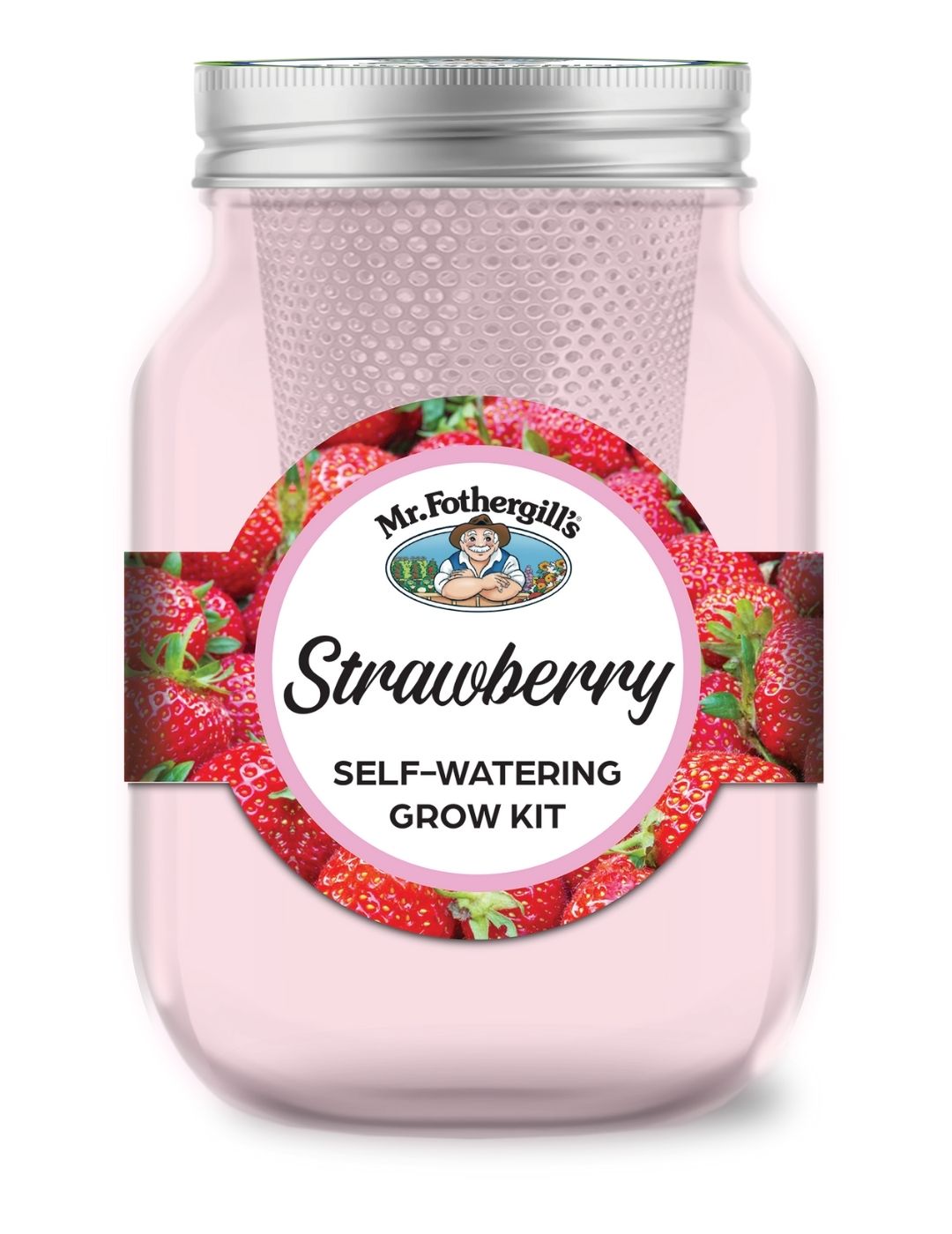
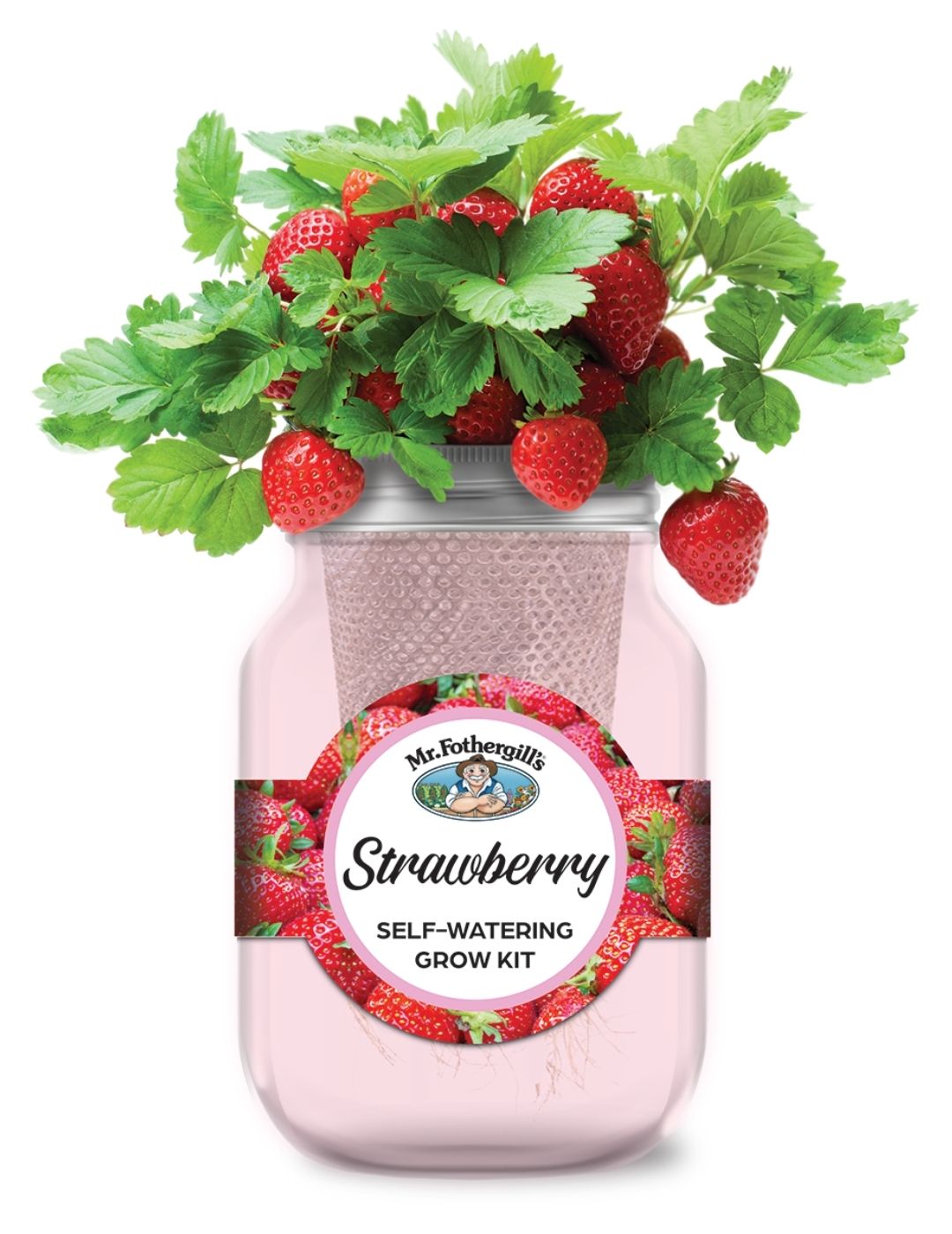
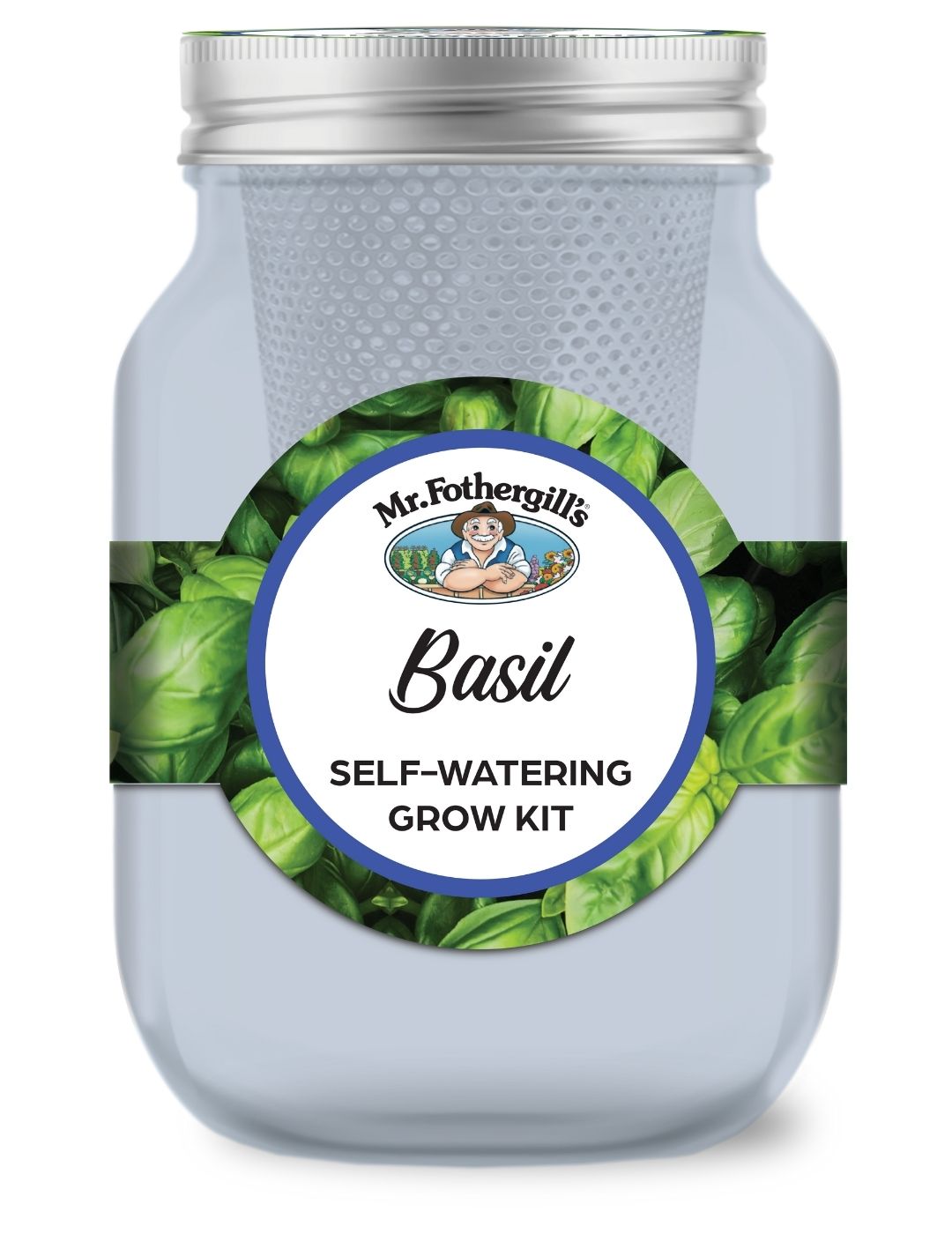
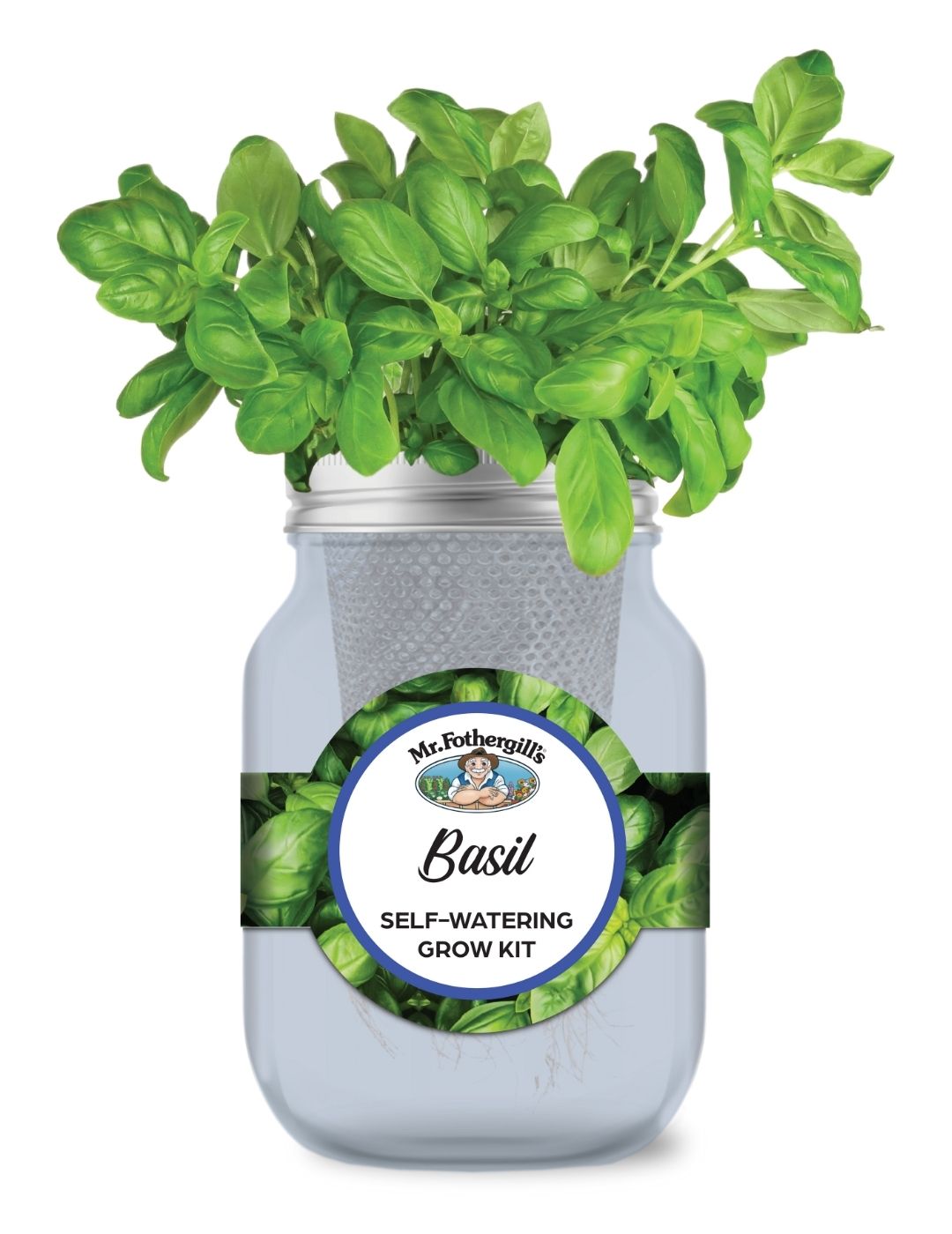
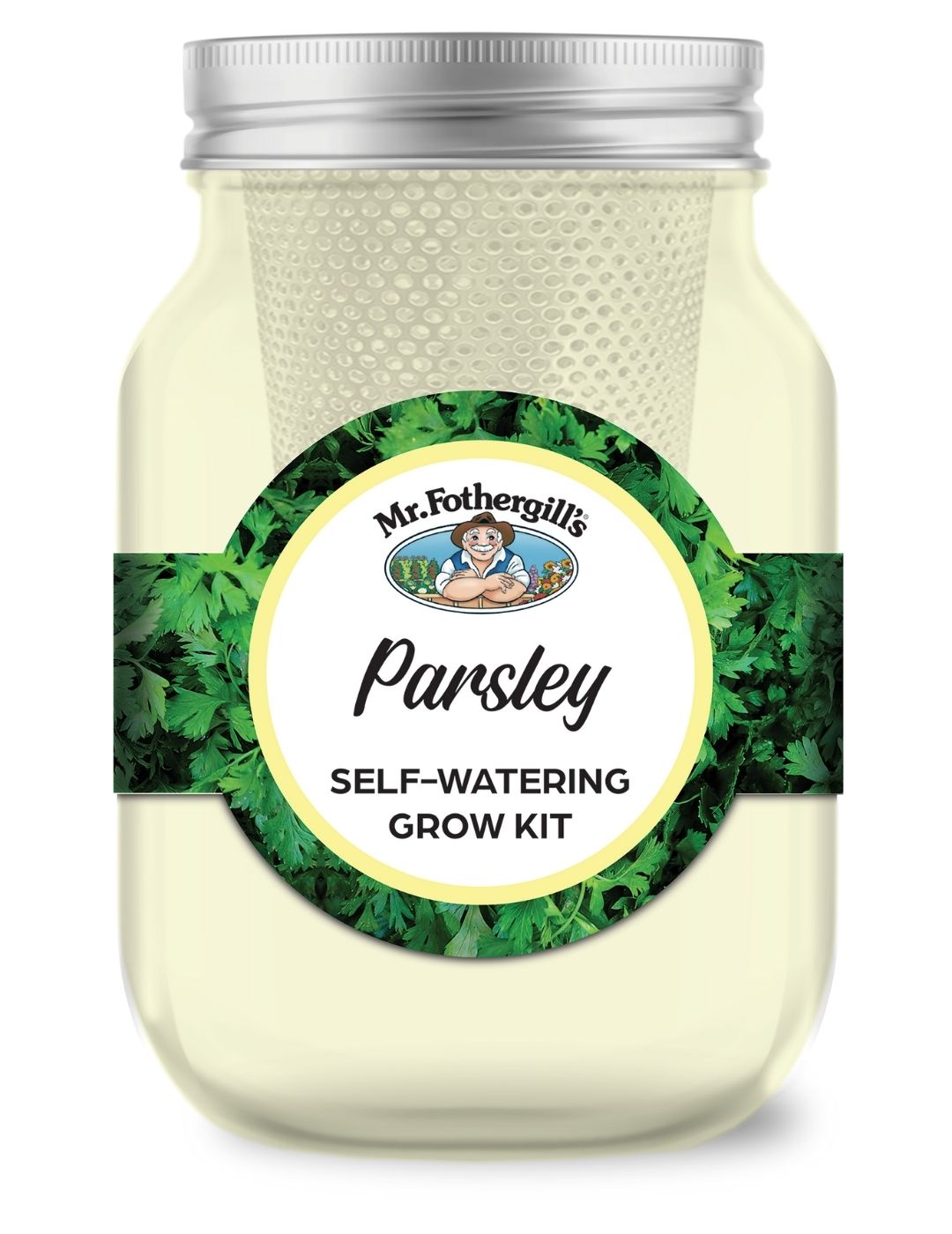
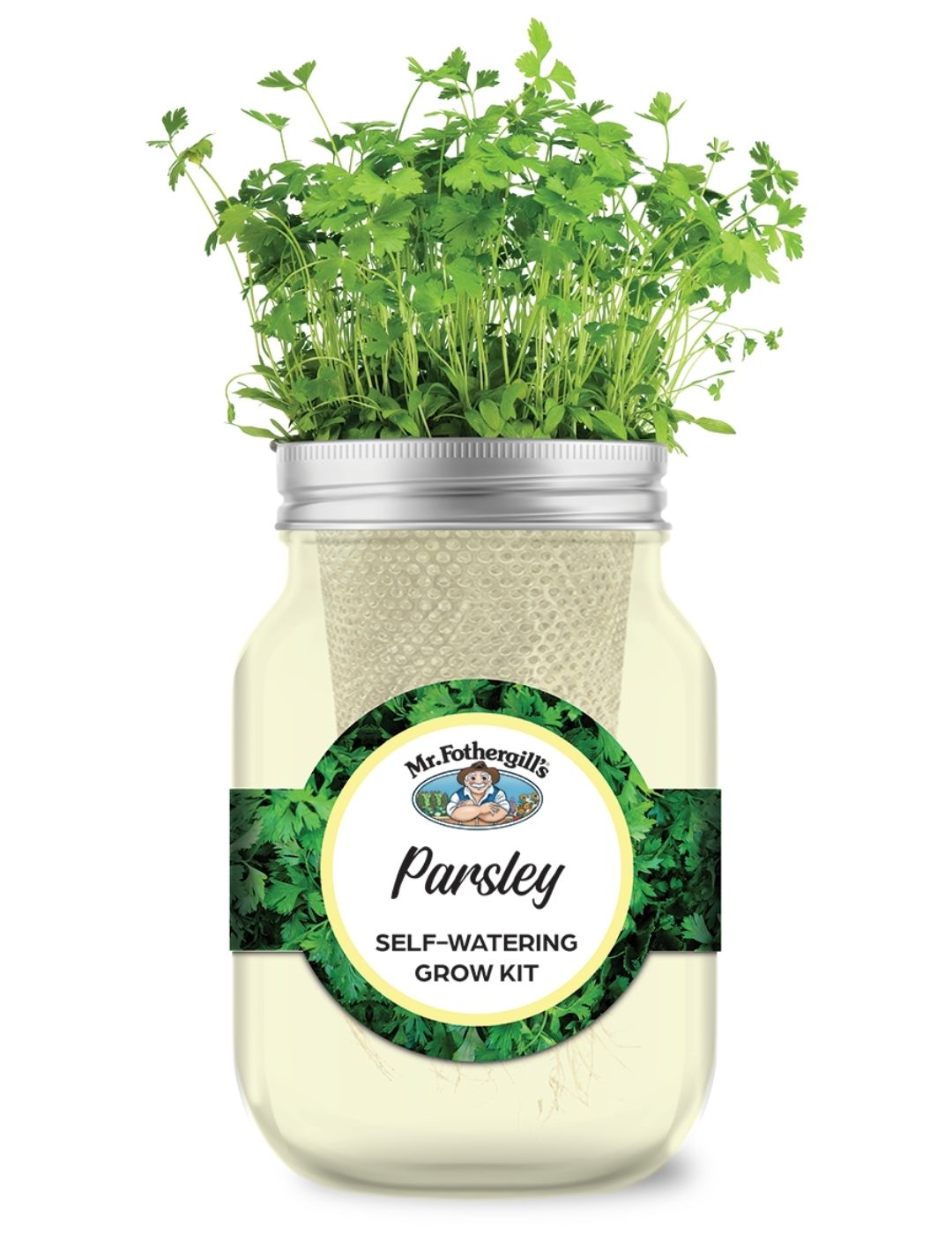
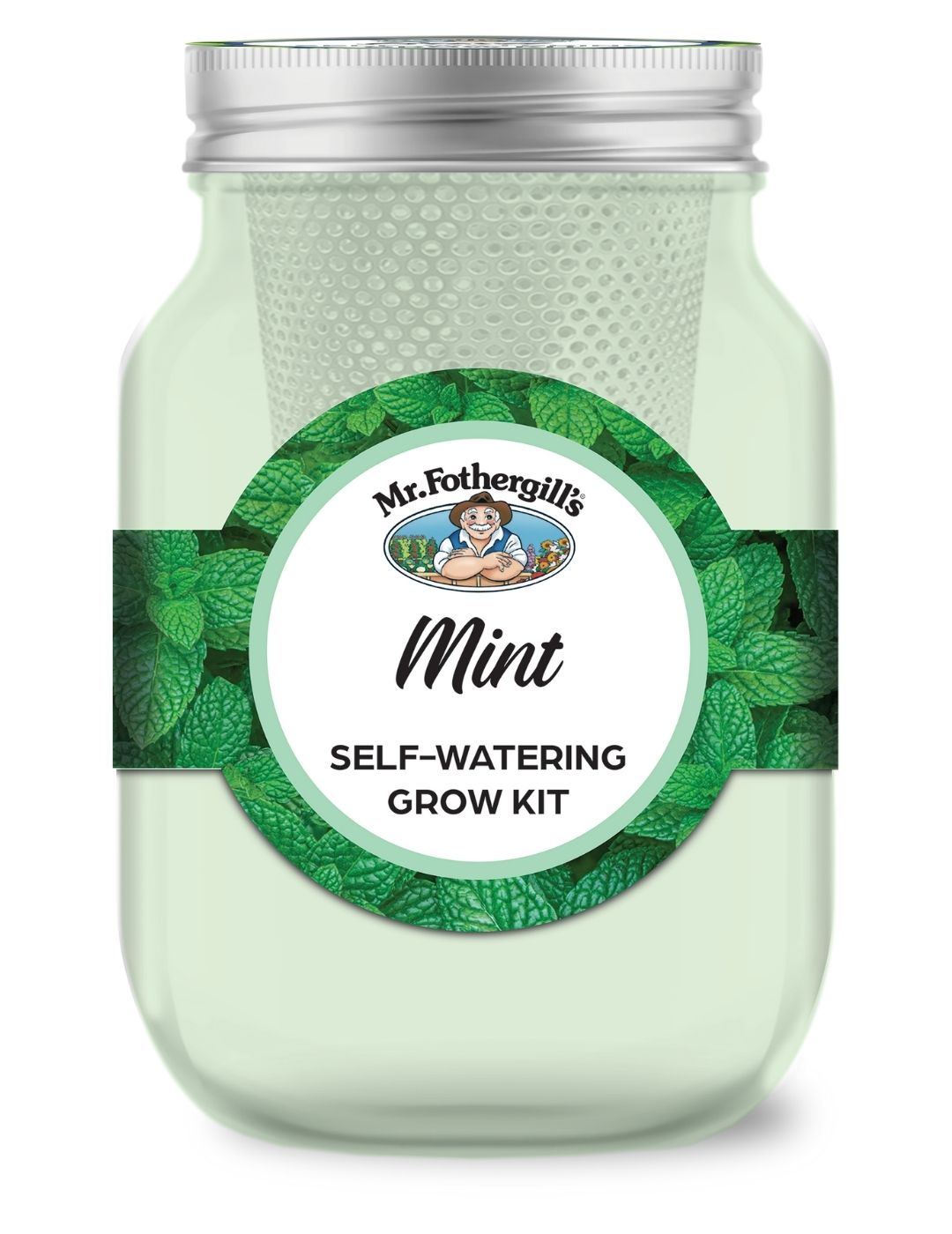
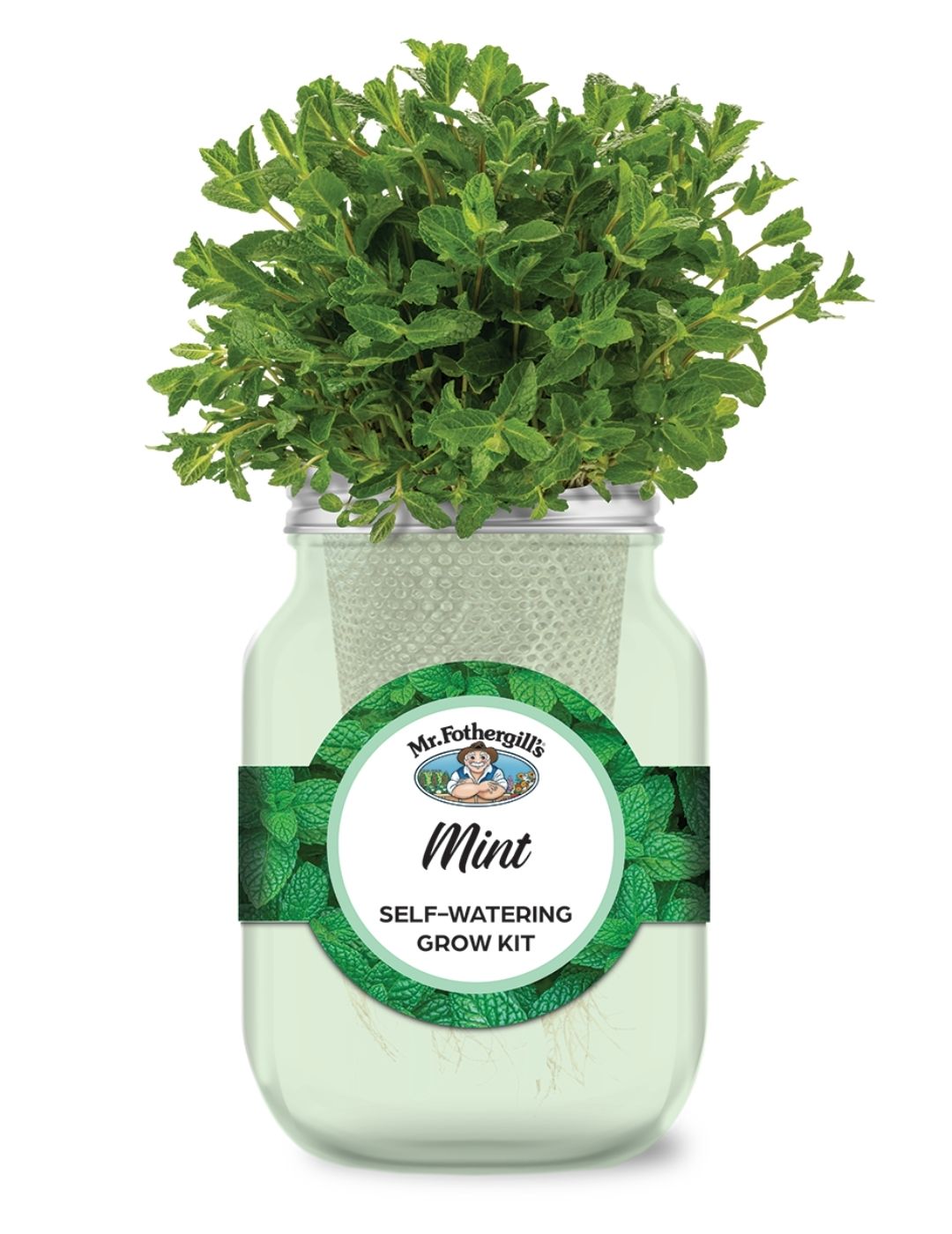
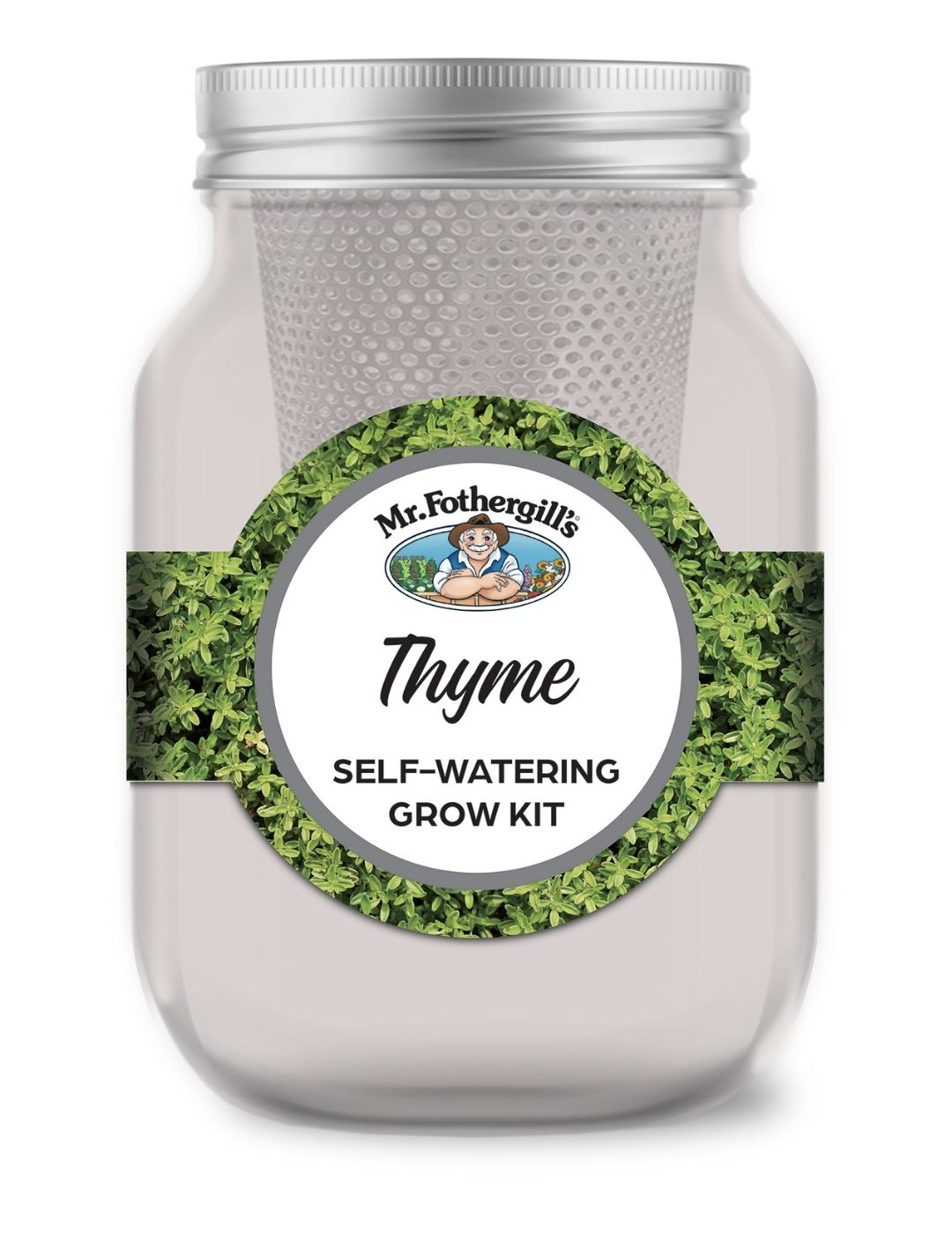
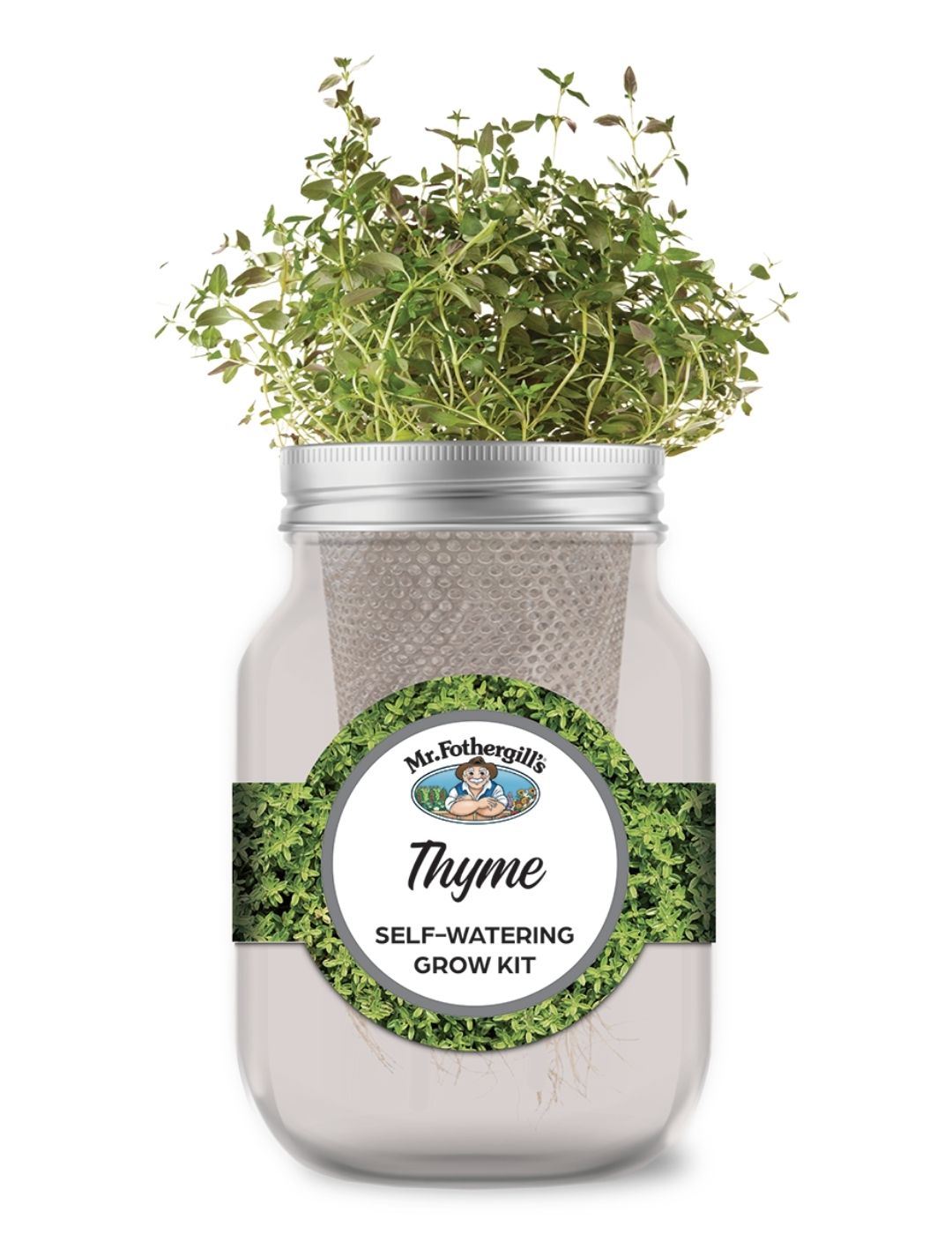
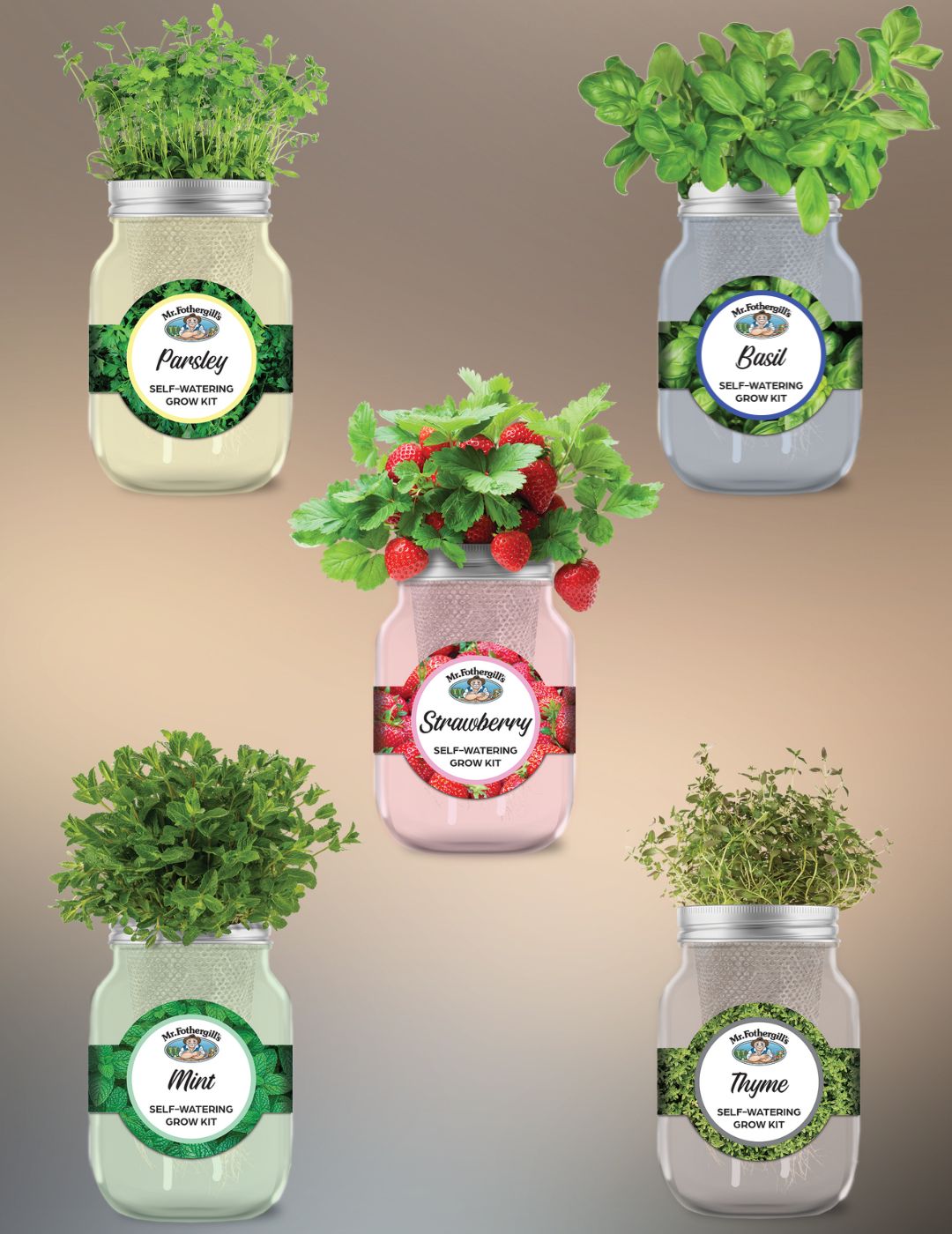

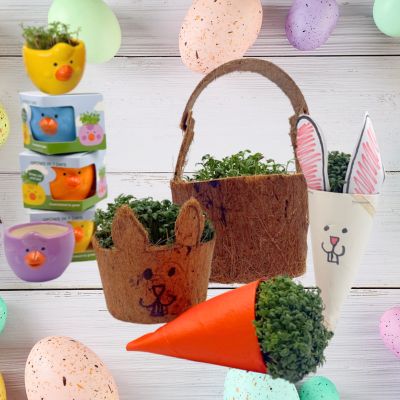



Leave a comment
All comments are moderated before being published.
This site is protected by hCaptcha and the hCaptcha Privacy Policy and Terms of Service apply.